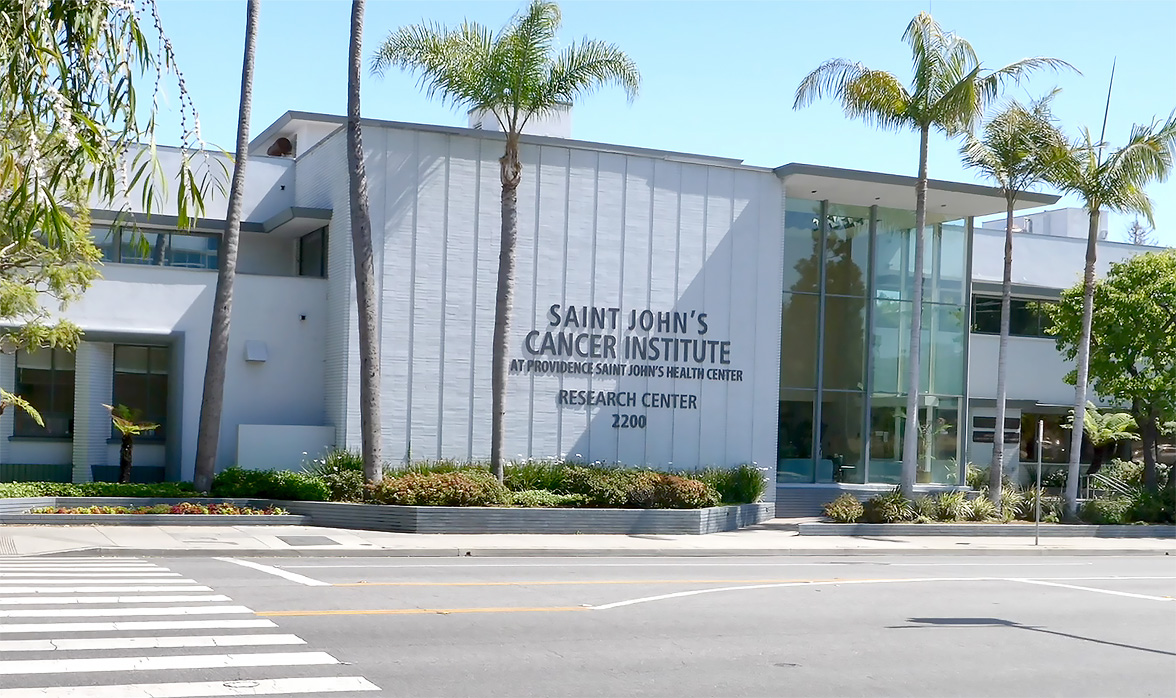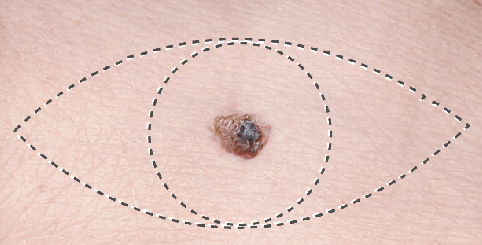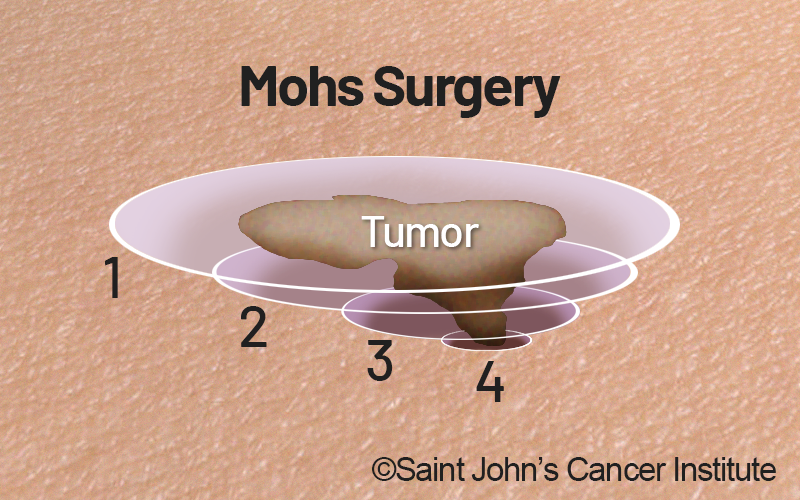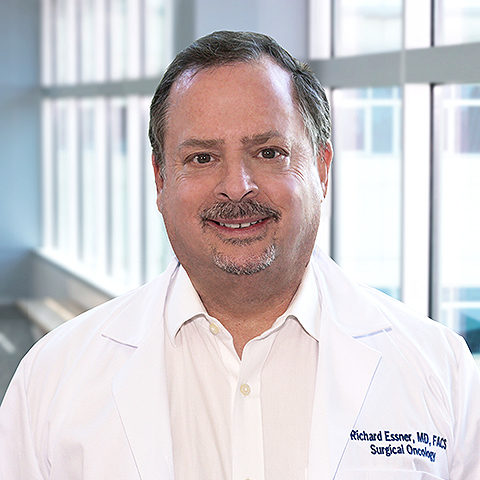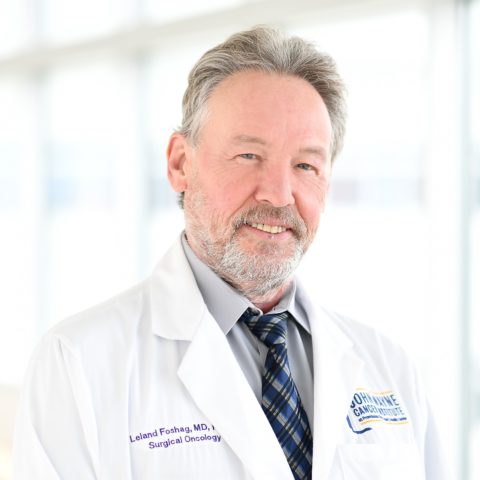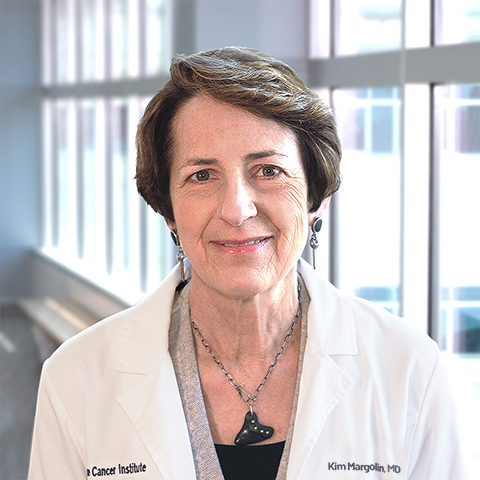If you have questions regarding surgical techniques for melanoma, please call today or click here to schedule an appointment or for an expert second opinion.
Skin Cancer Doctors
Get treatment from the best in Southern California. Our surgeons and medical oncologists are pioneers in the treatment of skin cancer.

